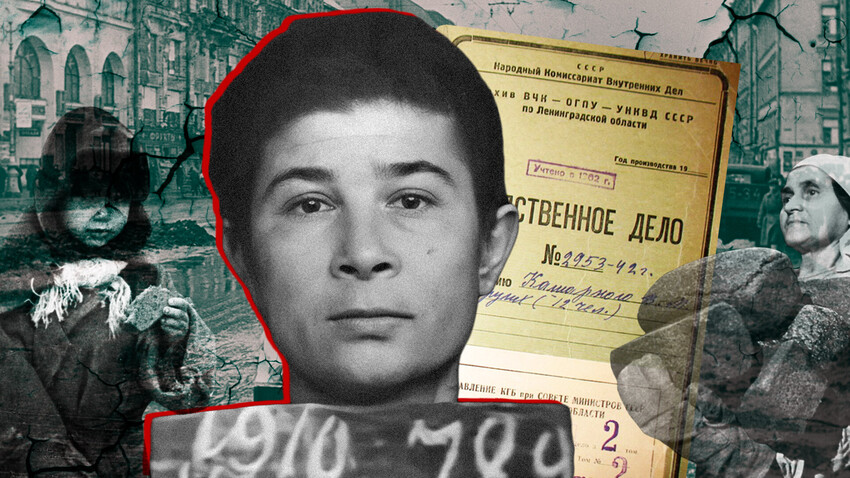
In October 1941, Nazi forces conducted an air raid against the besieged city of Leningrad. Taking advantage of the chaos instigated by the bombardment, three convicted criminals broke free. In the following months, the fugitives formed a gang that worked for German military intelligence, undermining Leningrad’s ability to withstand the Nazi onslaught.
Vitaly Kosharny was convicted before WWII started. He was tried for the forgery of documents - something he was a master at. So much so that he managed to forge release papers for himself and his two accomplices.
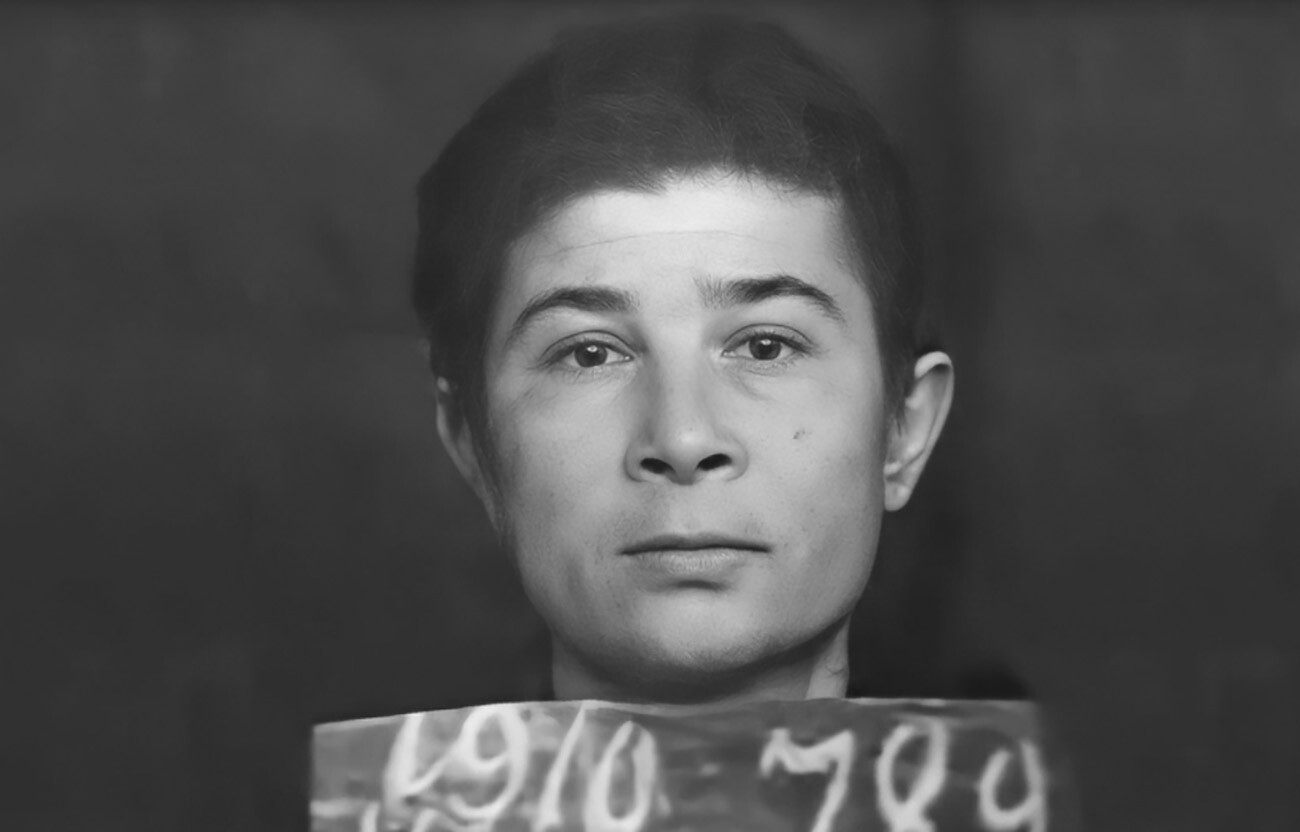
Vitaly Kosharny.
Archive photoDuring one of the Nazi air raids on Leningrad, Kosharny and two other fugitives escaped prison. They stopped a car that was going to the city, and killed the driver. Thus began the story of the Zig Zag - the short-lived, yet devastating criminal organization that aided German military intelligence.

Being a convicted criminal in the eyes of the Soviet authorities, Kosharny must have believed that Nazi Germany offered him a future he did not have in the USSR. Arriving in Leningrad, Kosharny and his accomplices crashed at Kosharny’s female friend’s place. She worked as a barmaid in the city. Soon, Kosharny formed a small but devastating criminal organization he named “The Defenders of German Interests - Adolf Hitler's Banner”, whose Cyrillic first letters formed the acronym “Zig Zag”, as the group had become known.
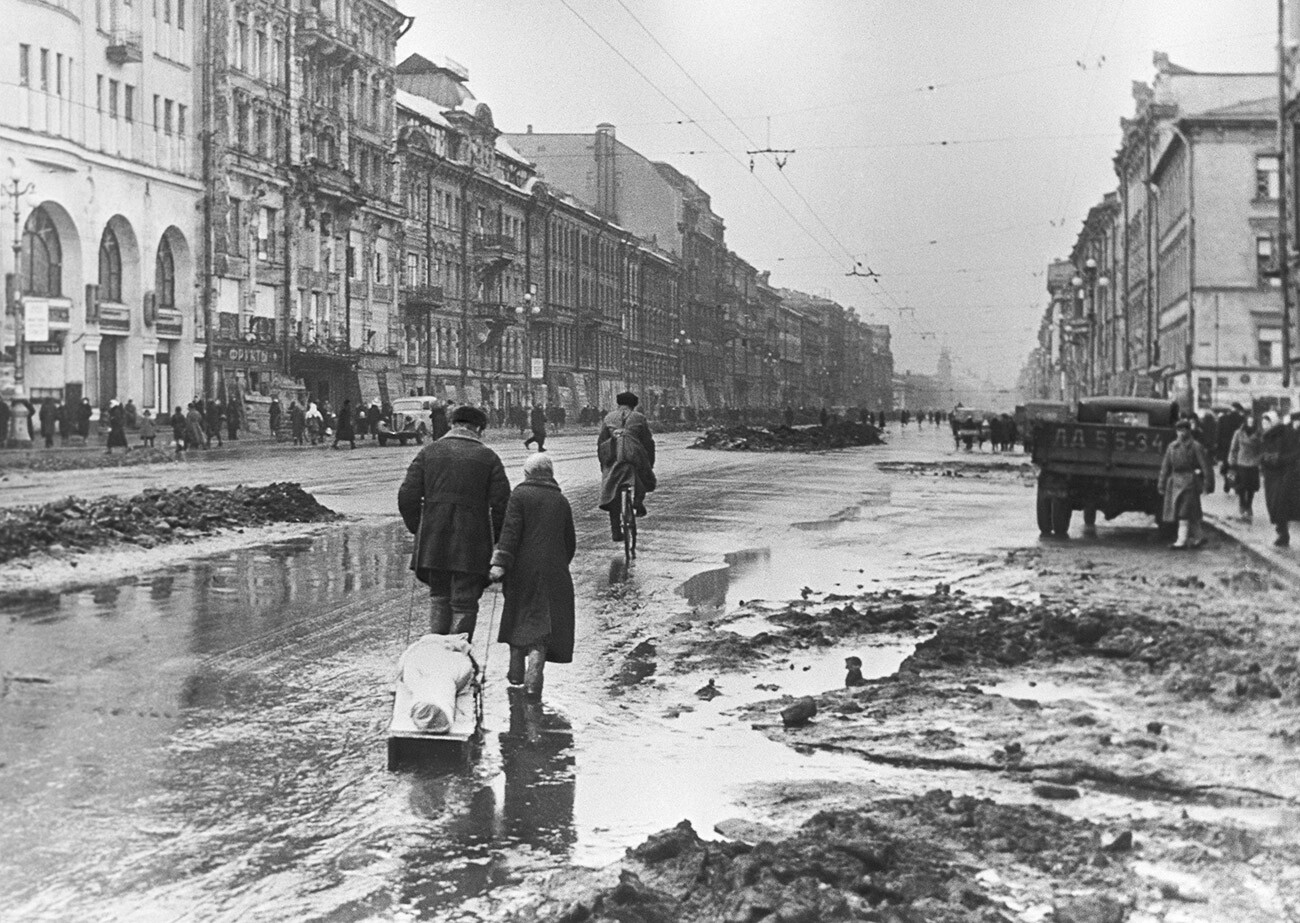
People on Nevsky Prospect during the blockade.
Boris Kudoyarov/SputnikThe criminal group quickly grew to 12 members. Its leader, Vitaly Kosharny, decided that if he wanted to go through with his plan of working for the Nazis, it was time to act.
Kosharny picked one of his men, Kirillov, and instructed him to cross the frontline and make contact with the Germans. In November 1941, he crossed the frontline, received a minor wound, and was taken prisoner by the Nazis successfully completing the first part of his daring but dishonorable mission.
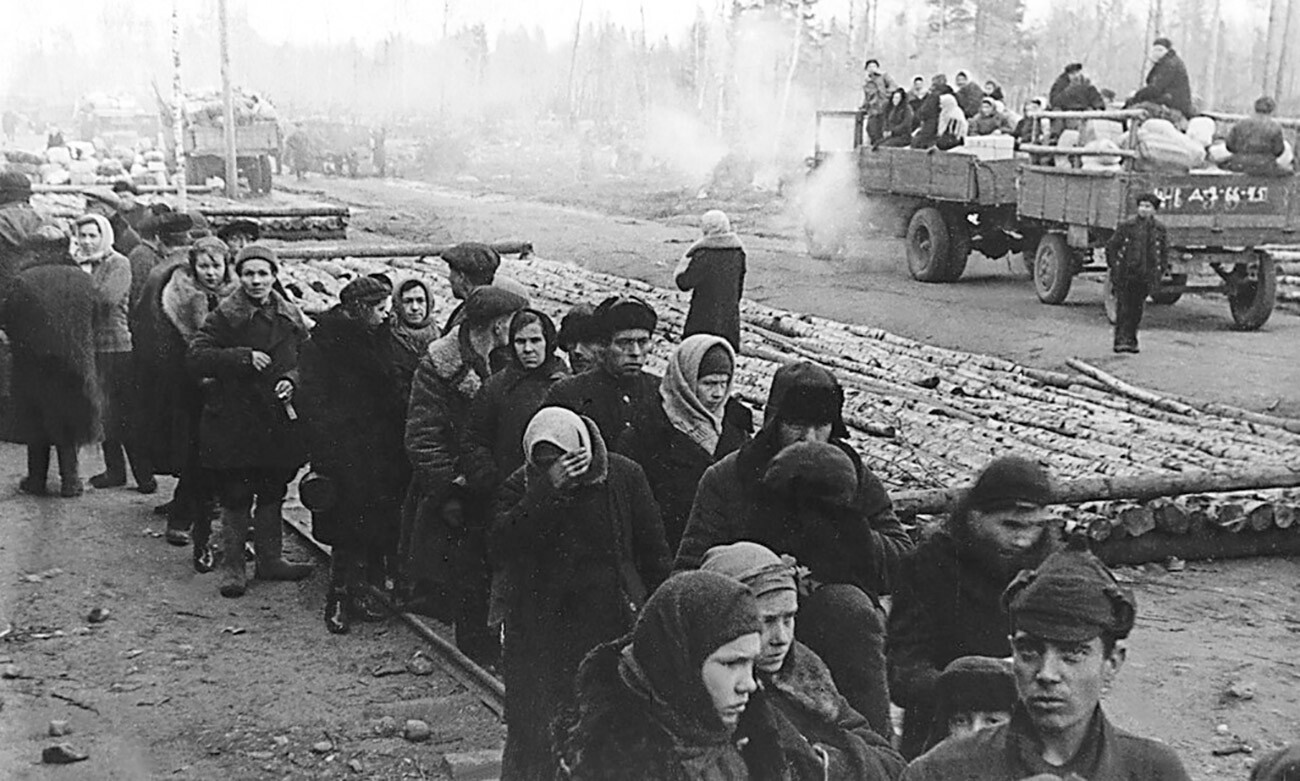
The queue of residents of the besieged Leningrad for food.
V. FedoseevAs a prisoner of war, Kirillov informed his captors that not only was he willing to help them conquer besieged Leningrad, but that he also had a group of 11 saboteurs in the city waiting for instructions.
The Nazis did not kill Kirillov. The German military intelligence, known as Abwehr, had high hopes for using convicted criminals, disenchanted with the Soviet government, for their selfish purposes.
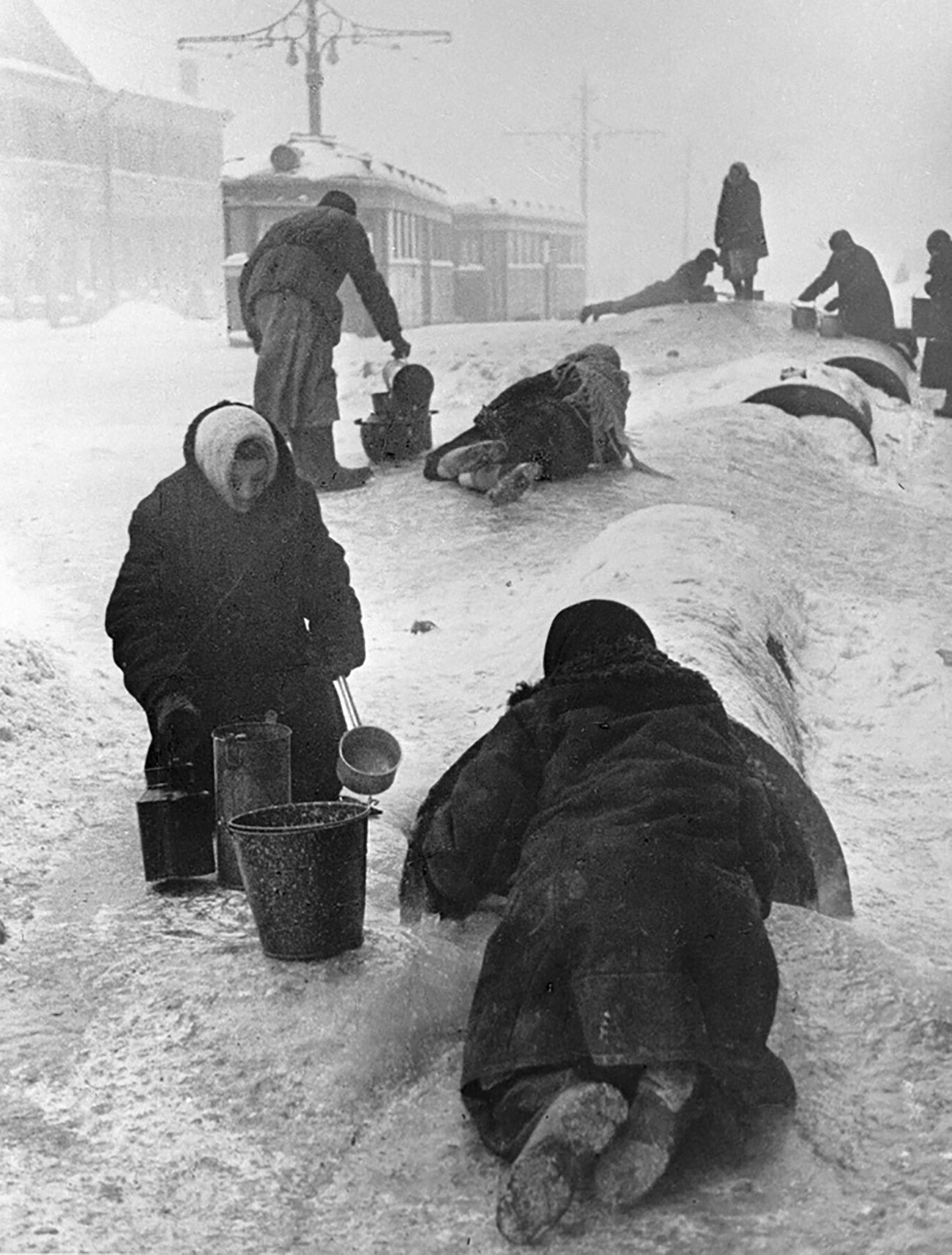
Leningrad residents draw water from a broken water pipe on an icy street.
Vsevolod Tarasevich/SputnikBelieving that the Zig Zag could undermine the morale and fighting spirit of the defenders of Leningrad, the Abwehr took Kirillov’s offer seriously. They sent the man to a camp near Leningrad where they taught him the basics of sabotage and intelligence. Gaining the necessary skills, Kirillov was provided with forgery equipment and radio and was relocated back to Leningrad.
Among the sabotage activities undertaken by Zig Zag members was making and spreading demoralizing leaflets urging people to surrender the city. In addition, Kosharny, being an experienced forger, made good use of the equipment the Germans provided him with to produce food stamps on a mass scale. For the tormented city where people were starving to death, this could have been a fatal blow. The Zig Zag forged food stamps to receive scarce goods and food, further undermining the morale of the starving population.
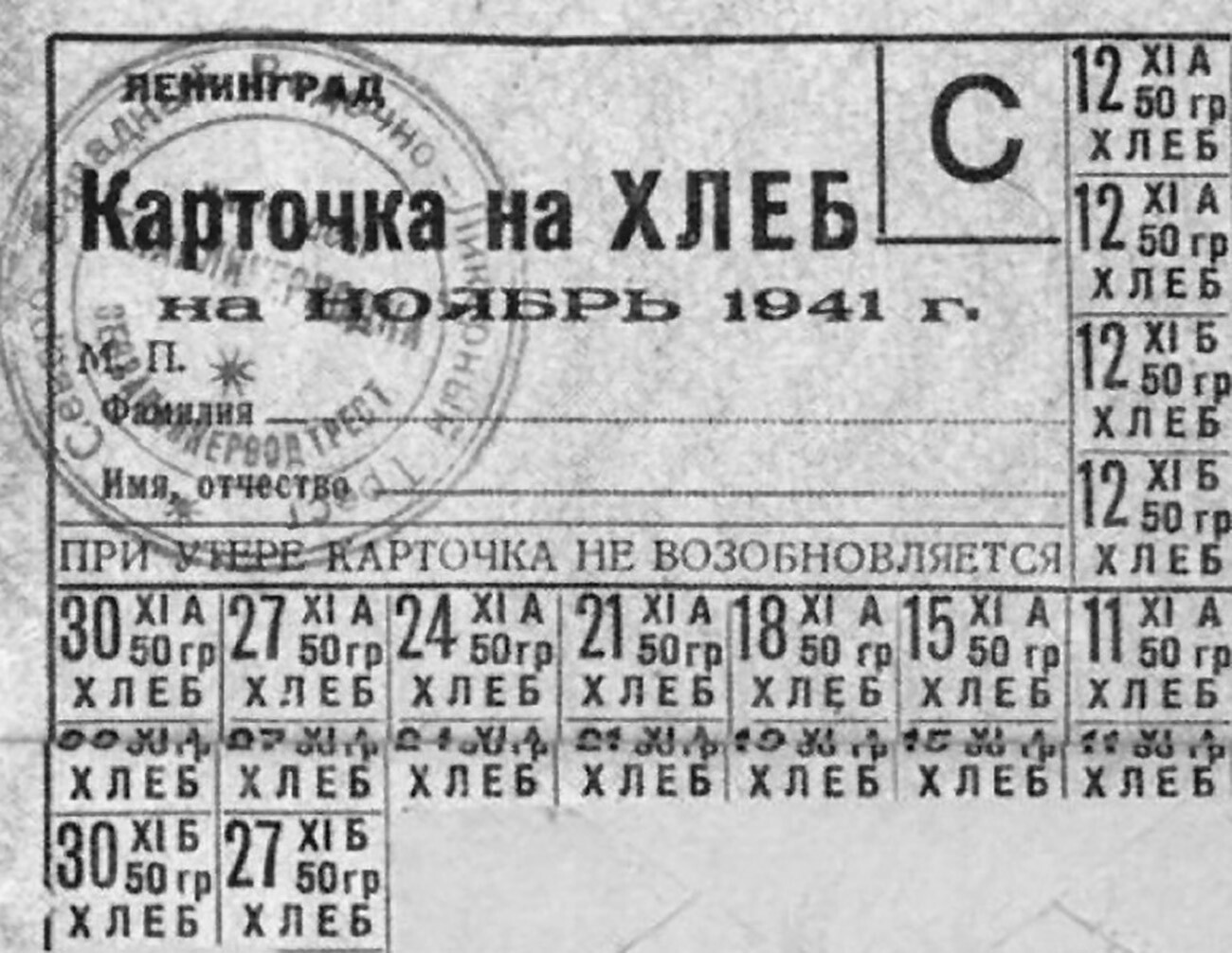
Bread card.
Archive photoOne day, Kosharny received a message that a German intelligence officer had arrived in Leningrad. His handlers ordered the Zig Zag leader to meet him in a safe house somewhere in the city. However, the meeting went sour.
Vigilant tenants of the building where the meeting was supposed to take place alerted police about a suspicious group of men lurking around inside. A policeman arrived promptly, but was killed by the Nazi collaborators. However, they did not celebrate for too long.
The Zig Zag was doomed to extinction. The German agent who was supposed to make contact with the group had been arrested, giving away the identities of the criminals working for the Abwehr.
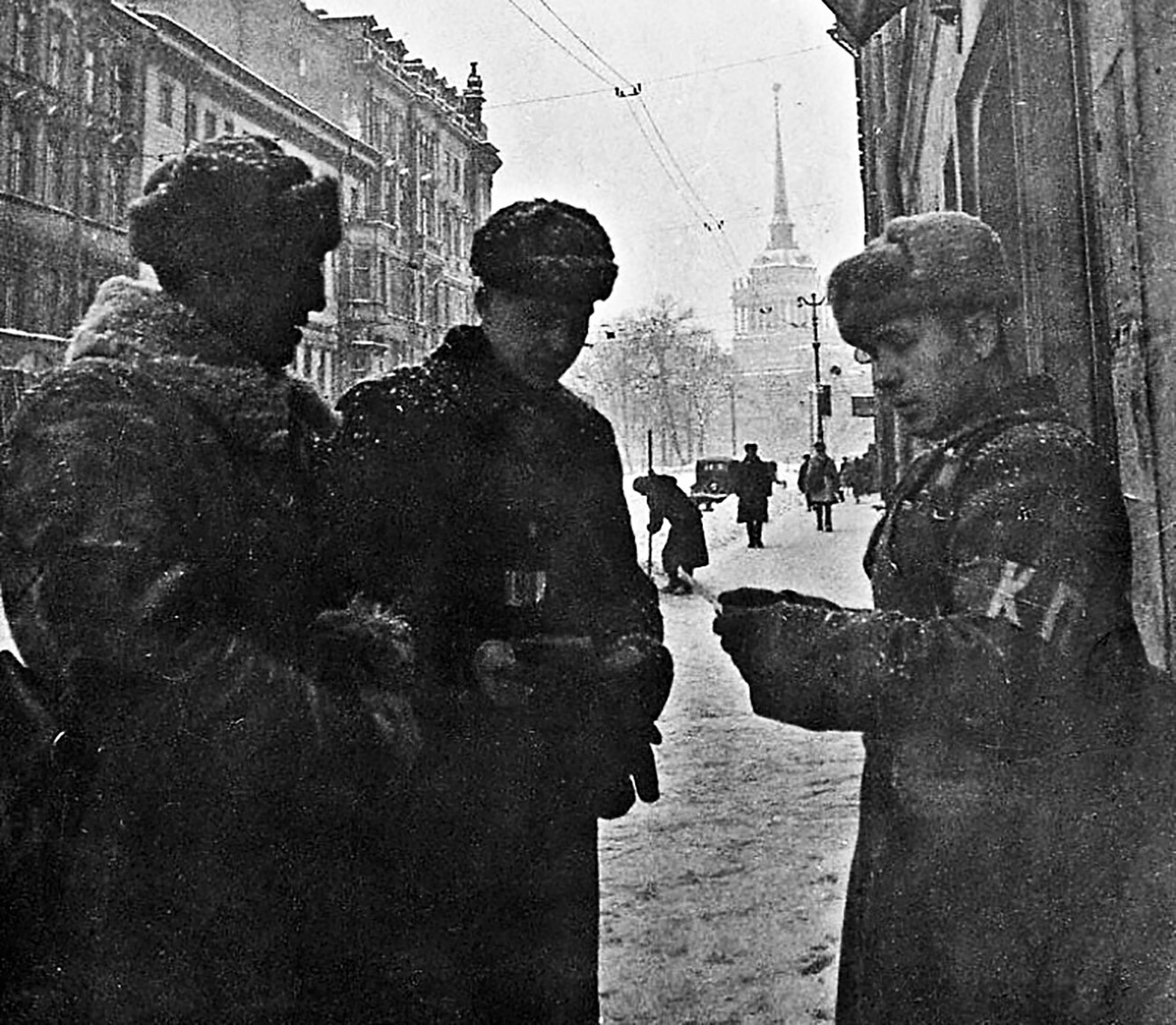
The besieged Leningrad. Document Check.
Sergey StrunnikovEvery single member of the group was soon arrested by the NKVD. All of the criminals were brought before a military court. Despite pleas of some of the members of the criminal group to use them as soldiers in the fight against the Nazis, the court was merciless.
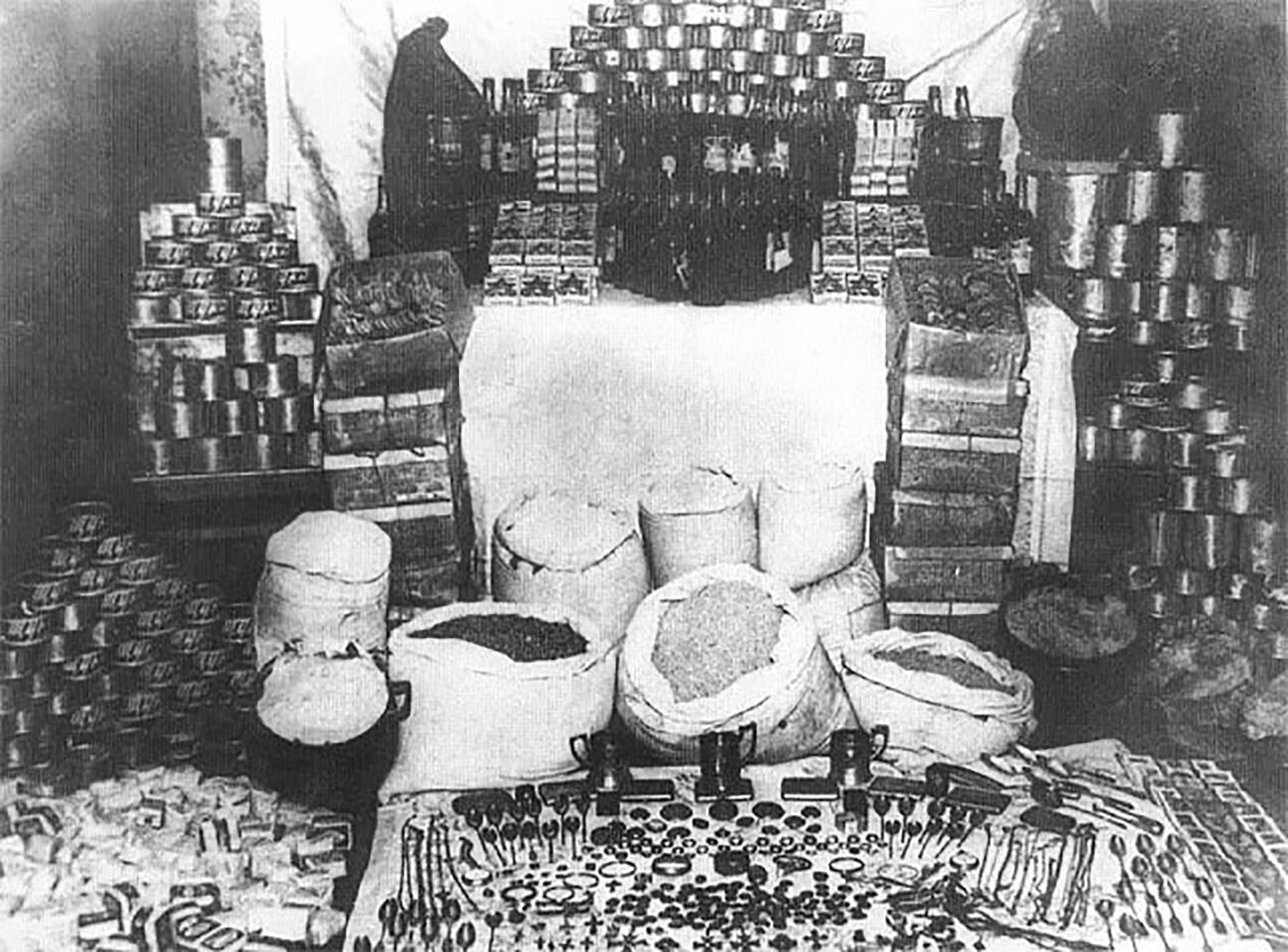
Food and valuables confiscated from the gang.
Archive photoIt found all of the Zig Zag members guilty of creating an anti-Soviet organization, aiding the Germans, large-scale fraud, and murder, and sentenced them all to death with no exception.
On June 30, 1942, all of the Zig-Zag members were executed by firing squad.
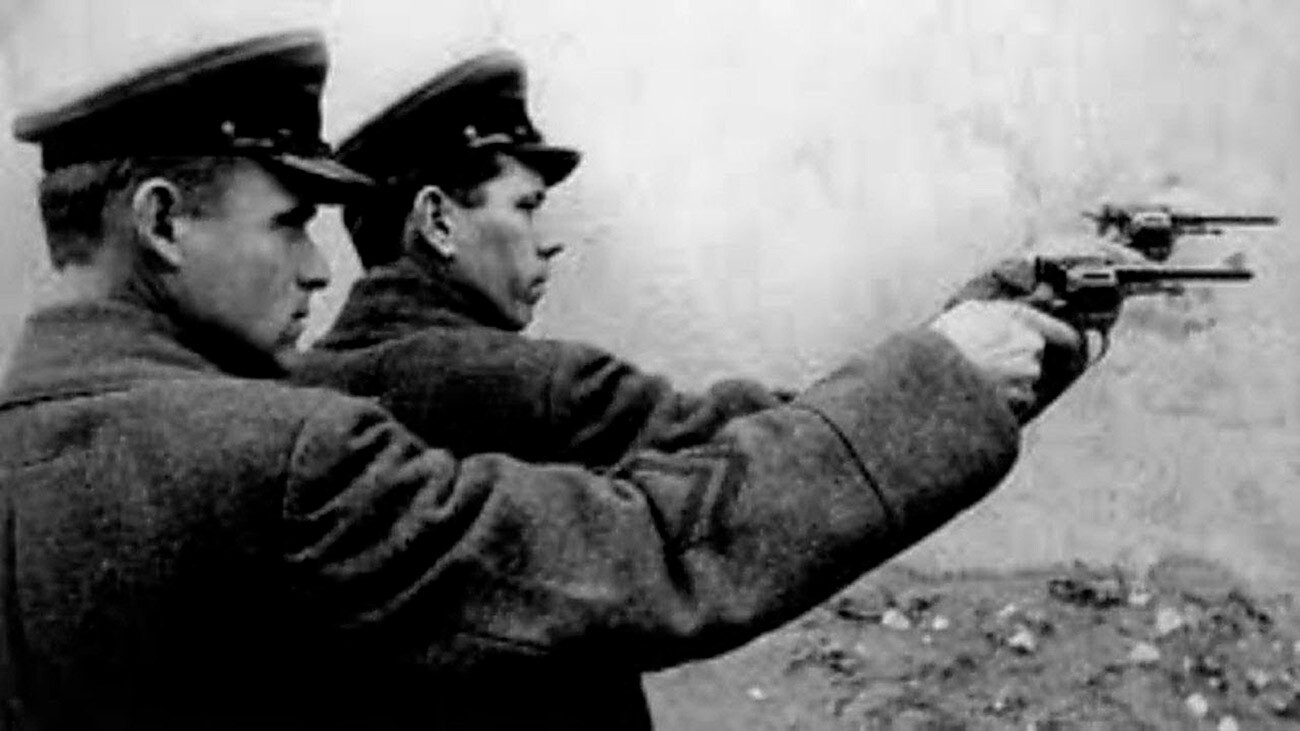
Dear readers,
Our website and social media accounts are under threat of being restricted or banned, due to the current circumstances. So, to keep up with our latest content, simply do the following:
If using any of Russia Beyond's content, partly or in full, always provide an active hyperlink to the original material.
Subscribe
to our newsletter!
Get the week's best stories straight to your inbox